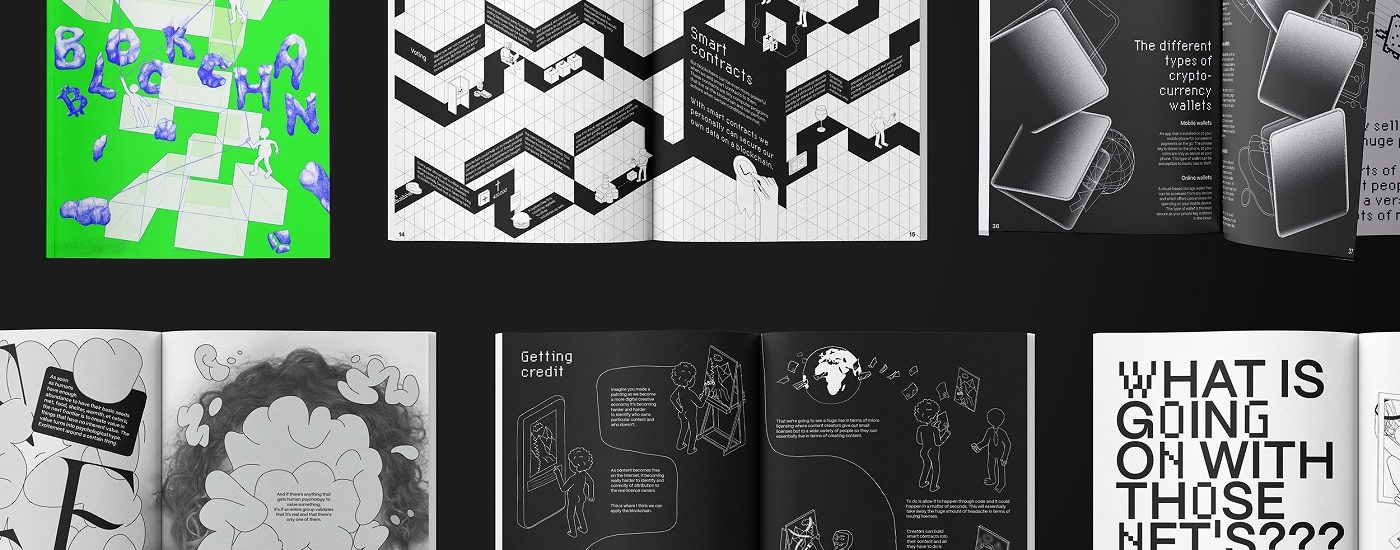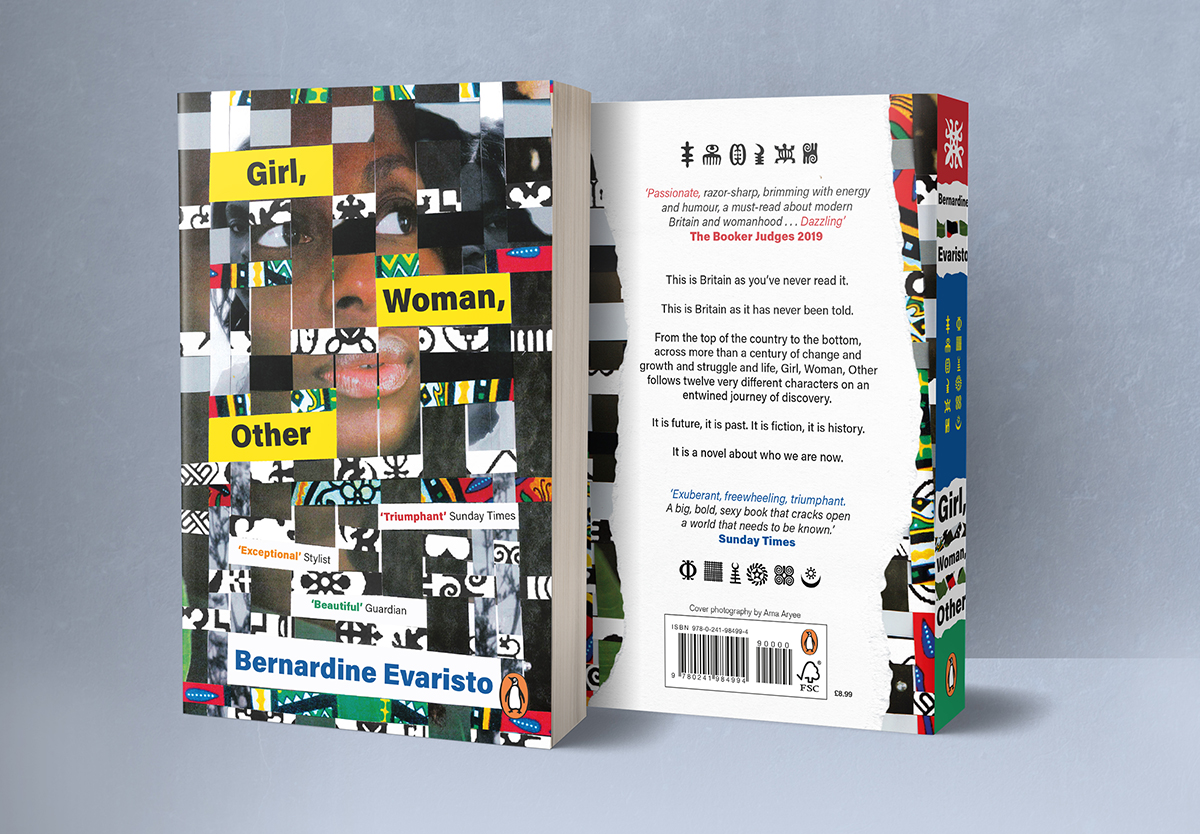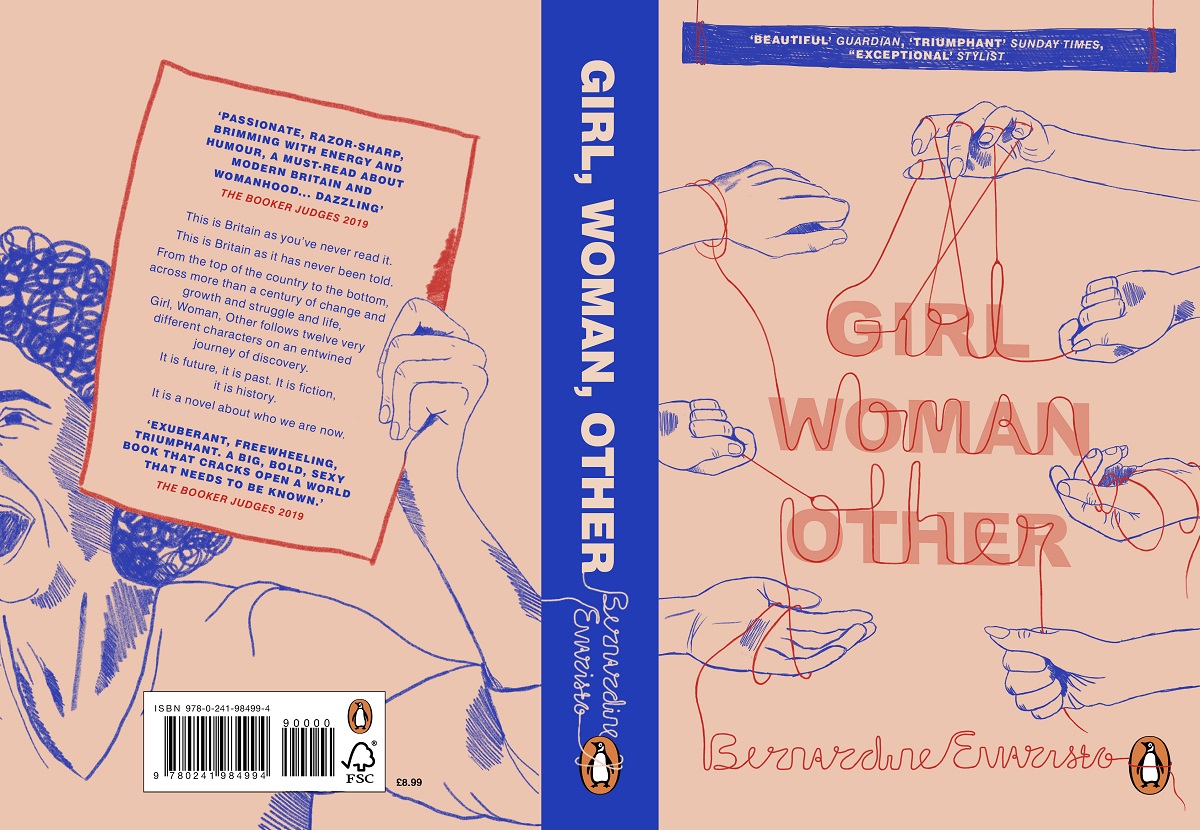Alexis Taylor
Head of School – Art & Design
To ensure we guide you through the correct application process, we just need you to answer a few quick questions.
Already applied?
Log in to view updates.
This course offers two separate application routes, depending on whether the application is submitted by the student or an international agent.
Please select your desired length of study from the available options.
This course includes a placement option. Please indicate whether you’d like to apply with or without a placement.
Please select where you would like to study.
All the available academic years are displayed below.
All the available start months for the selected academic year are listed below.
Please review the information below carefully before continuing.
If you need to make any changes, click the < Back button to return to the previous step.

UCAS Code
W212
Duration
Full Time: 1 year
Part Time: 2 years
Full Time: £9,535
Part Time: £1,585 per 20 credits
Full Time: £17,000
Updated 04/12/2025
Updated 04/12/2025
study@northampton.ac.uk
0300 303 2772
Our Graphic Communication Design (Top-Up) BA (Hons) builds upon your prior knowledge and skills to explore the communication of ideas and messages to diverse and ever-evolving audiences through a dynamic range of media that highlights the potential of what design can achieve.
The Top-Up programme will develop your critical understanding of communication, expand your understanding of how the Creative Industries work, and advance your creativity and professionalism. The Graphic Communication Design (Top-Up) is focused on identifying your individual interests, launching you on your career path and honing your commercial design skills.
Studio culture is at the heart of our Top-Up programme, naturally fostering the creativity, collaboration and debate that inspire personal perspectives on design and prepares you for the professional industries.
Students experiment with a range of traditional processes and evolving technologies to challenge the conventions of image-making and meaning. Through engaging with issues, real-world problems and commercial scenarios, you will develop critical, reflective and professional skills that will prepare you for the ever-changing creative industries.
Standard entry requirements apply. Applicants are expected to have studied a Graphic or related Art and Design subject at Foundation Degree/HND or equivalent.
We welcome international applications and applications from students with a range of non-traditional educational or professional qualifications.
Applicants are requested to send a digital portfolio of their own work in Art and Design and attend a 30 minute online interview with a member of Graphic Communication Design team.
Receiving an offer may also be subject to qualifications and standard entry requirements.
For more more information on how to make an application, please visit our How to Apply page.
If you are an International student and would like information on making an application, please see our How to Apply page.
All International and EU students applying for a course with us must meet the following minimum English language requirements:
For information regarding English language requirements at the University, please see our IELTS page.
Our Graphic Communication Design (Top-Up) BA (Hons) provides you with the vital skills and knowledge needed to further your understanding of visual communication, working in the creative industries, or potentially progressing onto master’s study. Having already developed the skills and qualifications for years 1 and 2 on your previous course, in year 3 with us you’ll be able to focus on expanding your conceptual and technical skills.
We explore Graphic Communication Design through commercial, cultural, social, and environmental issues via a mix of practical work, live industry projects, critical study and design competition briefs. You’ll be taught in various ways including small and large group teaching, workshops and individual tutorials, lectures, group presentations and seminars, and we do this through a combination of face to face and online teaching, exploring digital media and software alongside craft skills such as print making, 3D and photography.
At the heart of our Top-Up programme is the creation of visual ideas that convey a message – this could be to sell, entertain or solve a commercial problem, or to expand understanding and awareness of an issue, or to influence and persuade people to see or think about something in a different way.
We do this through considered, well researched and tested design solutions and use targeted technologies and channels to reach out and make a difference – the successful communication of a message is determined by its effective design; this is how we influence, create an emotion, and have impact.
The purpose of this module is for students to confidently define their post-graduation trajectoryStudents will develop and apply interpersonal skills and industry knowledge to a range of work models from the evolving creative industriesThis module concludes with a detailed presentation outlining the students’ professional intentions.
This module enables students to establish a professional graduate portfolio through a series of industry-related briefs covering a range of contemporary design practicesImpactful ideas targeted at defined audiences are central to this module, with students encouraged to take risks and explore new and emerging ways of working and communicating.
The purpose of this module is to develop a progressive and impactful body of practice and writing, based on thorough critical research into an area of personal interest within contemporary visual cultureOutcomes will form a significant part of the graduate’s portfolio, showcasing specialisms within contemporary graphic communication design.
Please note the modules shown here relate to the academic year 25/26. The modules relating to the academic year 26/27 will be available from June 2026.
Our students are regularly shortlisted for the Penguin Cover Design Award and this year was no different. We had 2 students shortlisted – Evy Diepenbroek and Karla Ayree for the Adult Fiction category, with Karla beating hundreds of fellow designers from across the country to win the prestigious national prize.
Karla was named winner at the awards ceremony in June for her cover design for ‘Girl, Women, Other’ by Bernardine Evaristo.

Evy Diepenbroek’s design was shortlisted for the same prize

We also had success in the D&AD New blood competition last year with our 2022 graduating student Laura Tucker winning a pencil for her Giff Gaff Recycling animation.
Both the Penguin Cover Design and the D&AD The New Blood Awards are an invaluable introduction to the reality of working in the creative industry and entering gets your work seen by some of the biggest names in the creative industry. Over many years, students on our Graphic Communication Design BA (Hons) course have been regular winners.
We look at 4 areas on the Graphic Communication Design Top-Up course, these are –
Commercial – here we develop your technical skills and practice the principals of graphic design and apply these to commercial projects and briefs – this includes understanding how audiences think and respond and how we approach and manage the design process to create effective solutions.
Professional and Critical – here we expose you to the wider creative industries, the various roles and skills needed to work as a professional designer and how the business of design works. Additionally, we explore the development of visual culture and how it’s affected us and our world, and how we and others see and understand the world around us. Along with this, you develop your research abilities and your analytical and reflective writing skills.
Experimental – here we encourage your individual responses to themes and issues that are not commercially focused – we challenge you to use your visual skills be used to convey complex and thought-provoking messages, and we develop your ability to see differently, think differently and explore different mediums and formats.
Changemaker – here we focus on Graphic Communication Design’s role as a force for positive change through projects that explore social, ethical and environmental concerns. You are encouraged to develop empathetic and mindful approaches using your creative skills for progress and transformation.
After graduation, our students go on to work in a wide range of creative roles; some go on to work in agencies, some work as freelancers, some start their own businesses, producing work across branding, advertising, illustration, interactive and online design, UX and UI, editorial and publishing, film and moving image, packaging and photography. Additionally, some go on to master’s education to further enhance their skills and knowledge.
There is a wide range of career and master’s options for you to explore, so during year 3, we will help you to identify and focus in on what your skills and interests are. Through your modules and the teaching and support from your lecturers, you will have had the opportunity to work on a detailed career plan that will set you on your path.
You will be taught through a variety of methods such as;
You will be taught by your core team of Senior Lecturers, Lecturers and Associate Lecturers – and you have contact with them week in, week out. It is these lecturers that deliver the majority of your taught experience, set project briefs, assess your work and lead study visits.
You will be assessed through a range of graphic communication design assignments, design competitions and live projects [producing individual work as well as working in groups] including design work submitted through portfolio presentations [these can be printed, online, digita or physical], oral presentations and pitches, written work and self-assessments.
Your taught study will be a combination of lectures, seminars, workshops and technical demonstrations, usually for 15 hours per week, depending on your level of study. In addition, we recommend that you spend around 10 hours per week in self-directed study time. Outside of taught time, you will have access to technical facilities and studies.
Yes, we suggest looking up the following titles for some inspiration:
Books:
Magazines:
Web:
2025/26 Tuition Fees
Fees quoted relate to study in the Academic Year 2025/26 only and may be subject to inflationary increases in future years. UON will adjust UK fees annually in line with Government Policy.
Materials for workshops, entry to competitions associated with your graphic communication design programme of study, and those visits that are necessary for your course are all made available at no additional charge.
We recommend that you budget for additional printing costs (approximately £30 per year for laser and large format printing) and any specialist design materials that you may require (£50 or more depending on materials) per year.
There are optional trips, both within the UK and overseas: UK visits and Trips will cost approximately £50 per year. Overseas trips or visits will cost approximately £350 per trip
The 3rd year Degree Show held in the summer additionally requires contributions [or your own fund-raising activities] to support the funding of a catalogue and marketing materials costing approximately £20 each, along with further contributions to exhibit at the off-site Graduate Design shows in London, approximately £25 each.
As part of our course, you will get a free subscription to the full Adobe Creative suite for the duration of your course and we have our own suite of MacBooks to use in our design studios and access to iMacs however, if able, buying your own Apple computer is recommended.
As you will expect on an Art and Design course, you’ll be expected to provide your own day to day art and design materials such as sketchbooks, pens, pencils, markers, rulers etc. We have an onsite Art shop that can cater for all these needs and your staff team will talk you through what you will need prior to starting your course.
For information on the scholarships available to you, please see our scholarships page.
For more information about possible funding options, please visit our Fees and Funding pages.
Fees quoted relate to study in the Academic Year 24/25 only and may be subject to inflationary increases in future years.
A Graphic Communication Design degree can open up your career options. You will not be limited to one specific type of role, but rather be able to pursue numerous career paths.
Our Graphic Communication Design graduates use their design skills to work in:
Throughout your time on the graphic communication design top up course, as well as post-study, we offer ongoing support to ensure you receive the guidance and information needed to succeed in your chosen field of work.
Our master’s courses are a great way to enhance the skills you have already learnt. Benefit from our 20% alumni discount on master’s fees to give yourself a CV that will catch the eye of employers.
When you study Graphic Communication Design at the University of Northampton, you will enjoy access to a number of different facilities and services to help you in your studies, including;